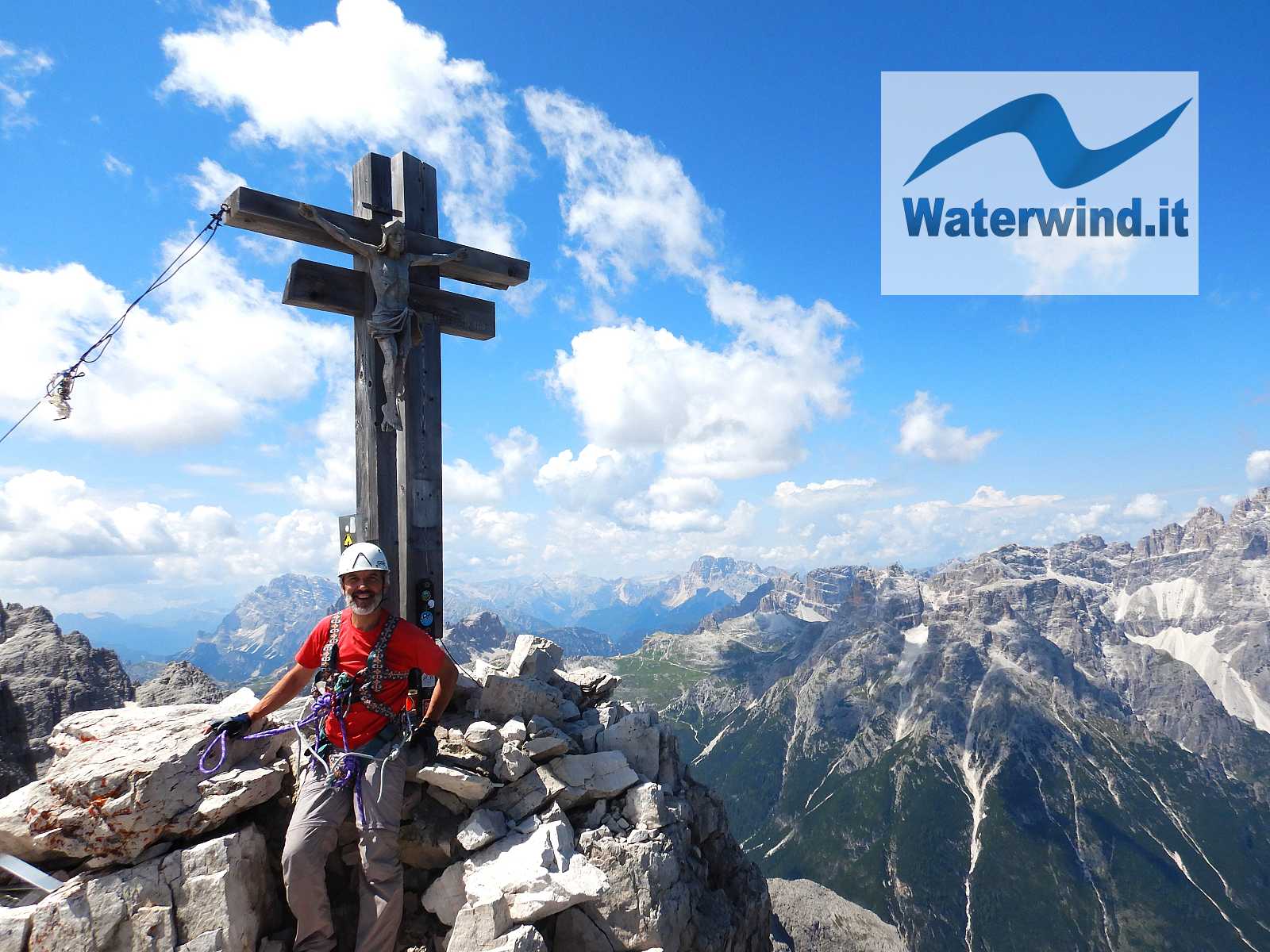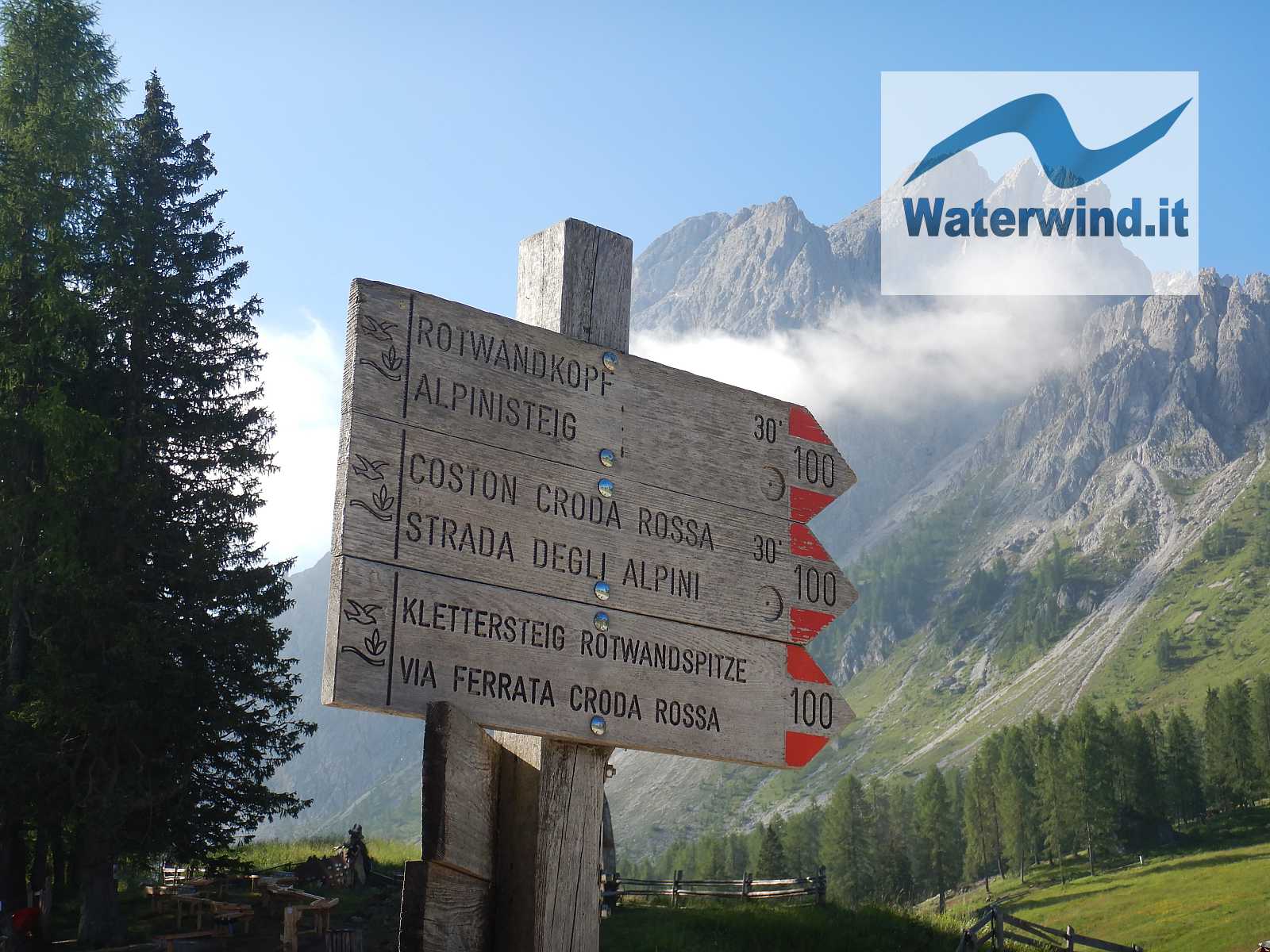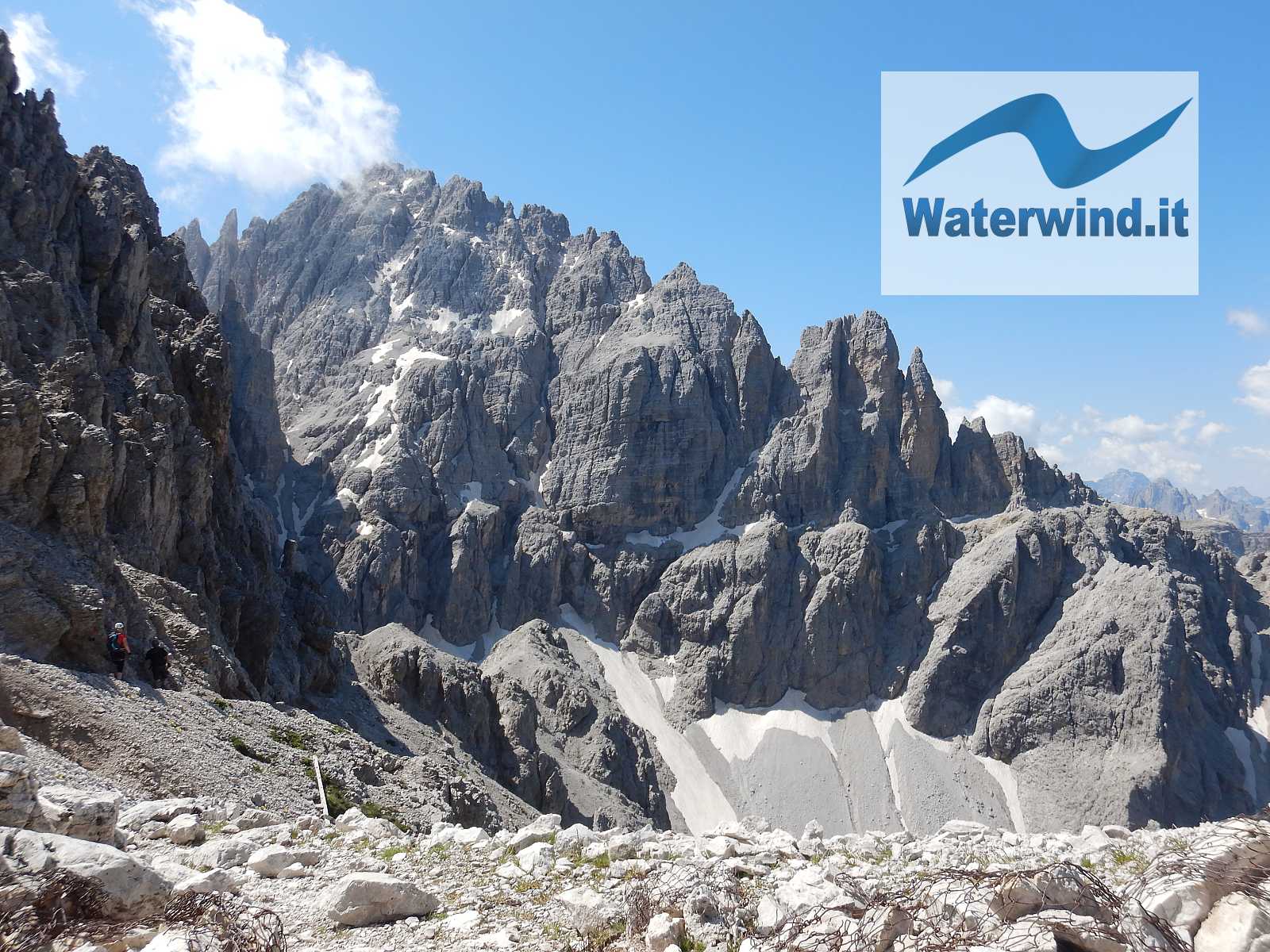There are days in life that are, undoubtedly, more beautiful and engaging than others .... A day spent climbing on the via ferrata that leads to the top of the Croda Rossa di Sesto (Rotwand spitz), in Sud Tyrol, is one of these.
Costoni e del Castelliere (Burgstall) Via Ferrata, Croda Rossa di Sesto (Rotwand spitz), Sud Tyrol
Climbing high in the mountains and reaching the peaks gives me intense emotions, it tests me psychologically, even before physically, and purifies my mind, sweeping away everything that clouds it in everyday life. Even the climb to Croda Rossa di Sesto, like the via ferrata Strada degli Alpini (Alpinisteig) and the ferrata De Luca-Innerkflor al Paterno, climbed last year, did me immensely good ..... and put a few things back in place....
In this article, I will provide you with a fairly detailed description of the track (on the web I have found some rather approximate ones, if not wrong ...). I also refer you to the video I shot, and that as soon as possible I will publish it here, and to the track of my route. I will also provide you with some general considerations on the climb, on its peculiarities, and on the conditions I found. And I will describe my impressions and emotions.
The via ferrata to climb from the north side to Croda Rossa di Sesto is considered to be a medium difficulty one, and this is true, whether, in the first part, you climb from the Costoni via ferrata (as I did), or from the Castelliere (Burgstall) via ferrata (which I used for the descent, because, if I can, I try to never return from the same route as the ascent, to vary my trip). Regarding the level of difficulty, I can confirm that the equipped sections are actually not particularly challenging, at least for those who are used to this type of track and have good mountain experience. There are few vertical sections, or a little exposed, and in some cases, the cable is actually more for psychological safety than anything else.
But I invite you not to underestimate the commitment of the climb, both because in the whole it is not trivial, and because in any case the route takes place in the high mountains.
Not a Supporter? Ouch, ouch, ouch! The full preview reading of this article is reserved for Waterwind.it Supporters, who contribute to keeping it alive, and making it more beautiful! To become a Supporter, click here.
Then, the descent began. I immediately met some nice young guys, who had come up from the Zandonella South, who would have come down through the South East one. Definitely wiser, better equipped and more cautious than those I saw coming down from the Via Ferrata dei Costoni, in sneakers shoes, without a harness and with a dog in tow....
I went down calmly, both to save my knees and to enjoy the places (I made a short inspection of the Wurzbach village). I then deviated to the Castelliere via ferrata, and arrived, in just less than 3 hours, again at the Prati di Croda Rossa, where I quenched my thirst with a fantastic medium Weissbeer at the Rudi Hutte. The guy in charge of the tables understood that I was very thirsty, without me even opening my mouth to speak.... So I took the cableway and returned to the valley, closing another unforgettable day of my life.
If you have any suggestions or comments, post them below.
Have a good climb. Fabio Muriano
Click here for the whole slidegallery of my climbing
Full video of my hiking
Without your Support, Waterwind wouldn't exist. Become our supporter! If you want to advertise with us, read here, or conctact us.






